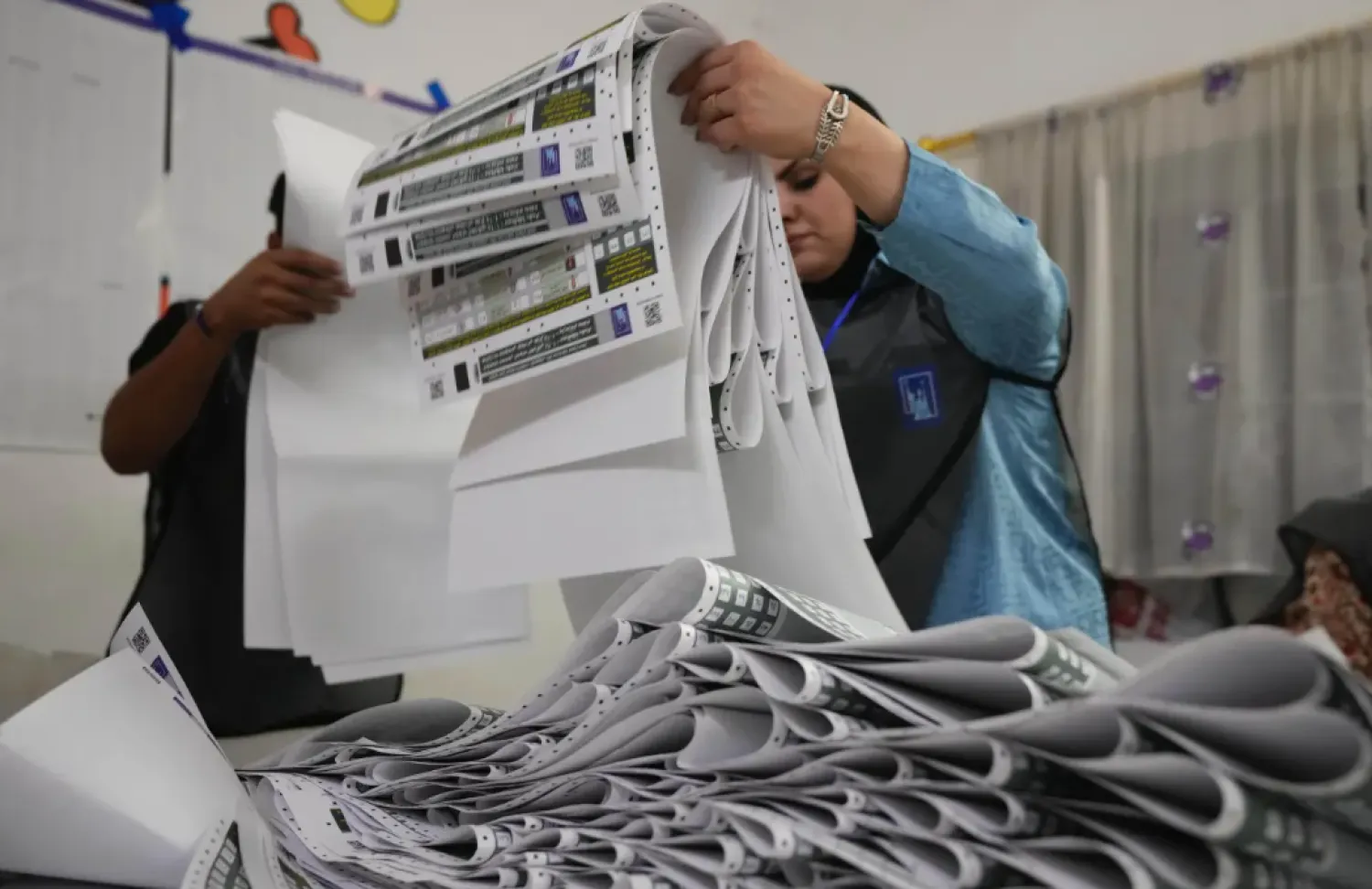US Secretary of State Antony Blinken said on Sunday Washington saw potential for escalation in the ongoing war in the Middle East due to the actions of Iran and its proxies in the region.
Along Israel's northern border with Lebanon, the Iran-backed Hezbollah has clashed with Israeli forces in support of Hamas in the deadliest escalation of frontier violence since an Israel-Hezbollah war in 2006.
Hezbollah said four fighters were killed in heavy exchanges of fire on Sunday and another died of wounds sustained earlier, raising to 24 the number of its members killed since Oct. 7.
Lebanese security sources said 11 fighters with Palestinian militant groups in Lebanon had also been killed in the volatile border region, alongside four civilians. At least five Israeli soldiers and one civilian have been killed on Israel's side of the frontier, according to Israeli military reports.
The United States was not looking for escalation, Blinken told NBC News in an interview.
Blinken’s comments came as Prime Minister Benjamin Netanyahu warned Hezbollah against opening a second war front with Israel, saying that doing so would bring Israeli counter-strikes of "unimaginable" magnitude that would wreak "devastation" upon Lebanon.
In an official transcript of a briefing Netanyahu gave Israeli commandos near the Lebanese border, he also said: "I cannot tell you right now if Hezbollah will decide to enter the (Gaza) war fully."
That war, launched after a devastating cross-border attack by Hamas on Oct 7, was "do or die" for Israel, Netanyahu said.









